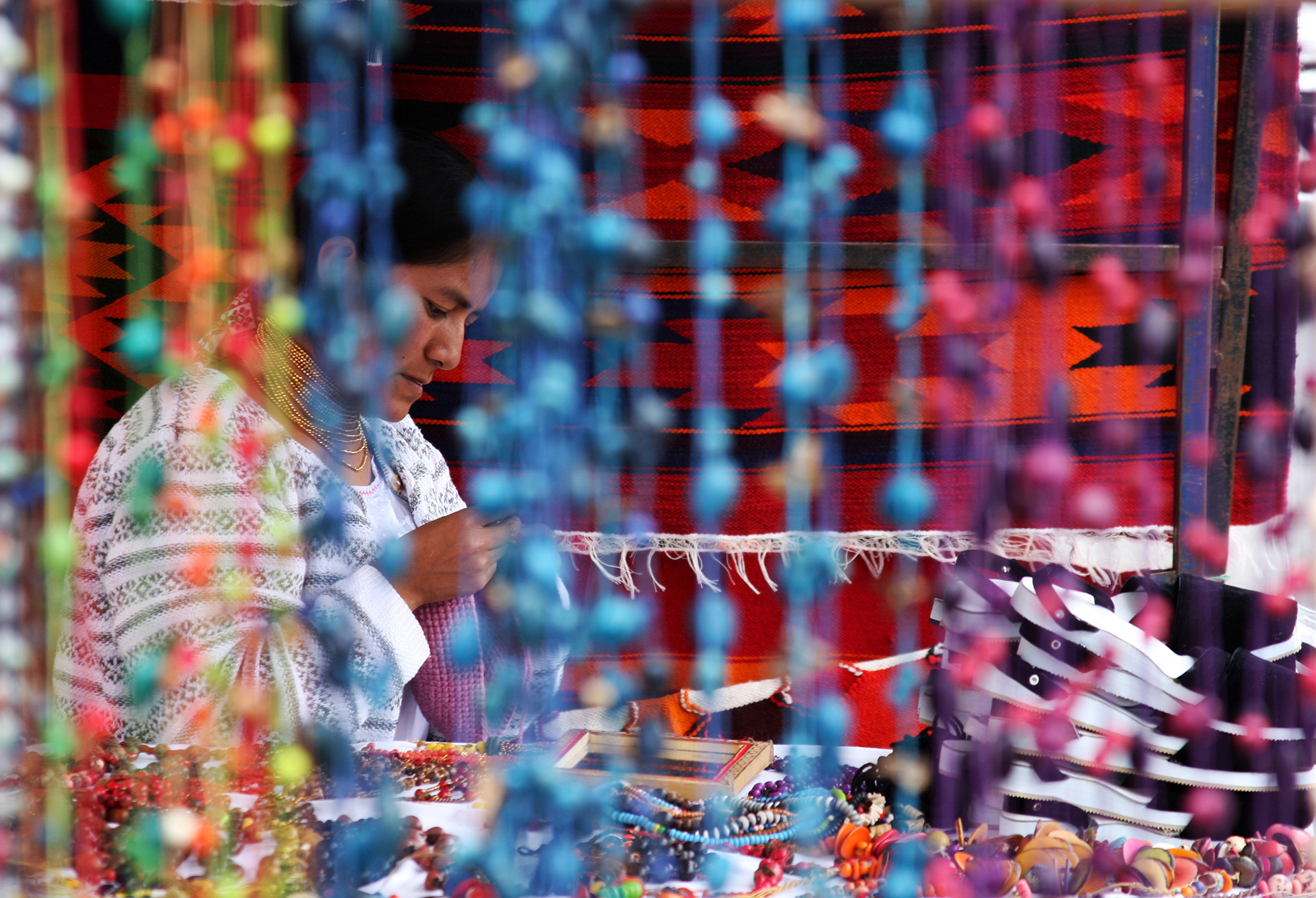Original source: CGAP
One silver lining of the COVID-19 pandemic has been the time to stop and reflect on matters we may have previously taken for granted. At the outset of the crisis, CGAP decided to focus on support to the microfinance sector as one of its priorities, reckoning that the sector was likely to come under significant strain. It has become evident over time that the economic fall-out is not going to be a hard, one-off shock, but rather a rolling series of crises that will play out over months and even years, as the disruption and uncertainty caused by the pandemic flow through the world’s economies. As we move into the autumn of 2020, the focus is shifting away from immediate liquidity needs and damage control to building a stronger and more resilient microfinance sector for the future. When discussing building back better, the need to digitize is reflexively offered as a solution. But rarely do we explore why this might be a solution, nor what it would take to bring microfinance more fully into the digital age. It also bypasses some uncomfortable conversations we might need to have about the microfinance business model and its durability in the digital age.
I would suggest that there has been a need for traditional microfinance to face the challenge presented by digital technology for some time: the pandemic has simply accelerated this process. In this essay, I will lay out why I think it is worth investing in digital transformation of traditional microfinance, and why it is imperative for the sector to take transformation seriously. I’ll also speak to the challenges of digital transformation and offer some ideas about the opportunity digital presents. Finally, I’ll discuss the role of different players in the inclusive finance ecosystem, as I think it is unrealistic to think that microfinance providers will be able to make this transition without external support.






